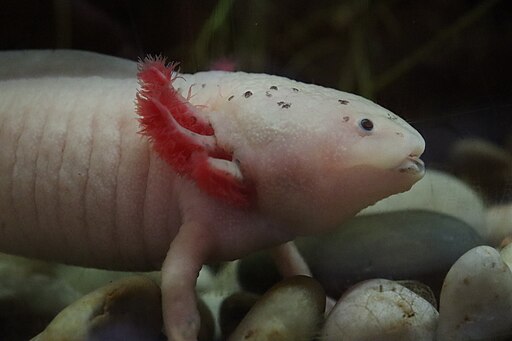Evolution, the cornerstone of biology, has created a remarkable tapestry of life on Earth. Sometimes, this process results in animals with peculiar appearances that might seem comical to human observers. These unique creatures have evolved these features for survival, adaptation, or reproduction advantages. This article delves into the fascinating world of the seven funniest-looking animals and explores why they look the way they do. From unconventional noses to eye-catching colors, these animals exemplify the extraordinary outcomes of evolution.
1. The Proboscis Monkey: Nature’s Clown

The Proboscis Monkey, native to the rainforests of Borneo, is immediately recognizable by its large, protruding nose. This comically bulbous appendage might seem unnecessary, but it plays a critical role in the monkey’s social life. Males with larger noses produce deeper vocalizations, thought to attract females and deter rival males. This sexual selection drives the evolution of their distinctive noses, signaling virility and dominance within their groups.
2. The Blobfish: Under Pressure
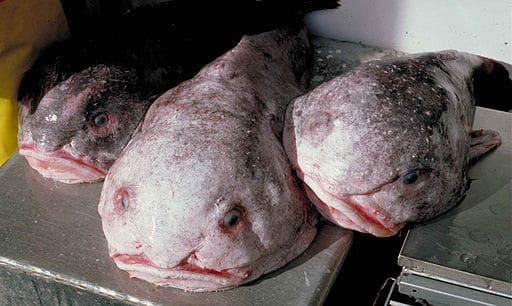
Known for its gelatinous and sagging visage, the Blobfish has become an internet sensation for its “melting” appearance. However, this appearance is misleading; it occurs when the fish is removed from its deep-sea habitat. At depths of 600 to 1,200 meters, the pressure is much higher, and the Blobfish’s body is perfectly adapted to these conditions with a density slightly less than water. This allows it to float just above the sea floor, conserving energy while scavenging for food.
3. The Aye-Aye: Madagascar’s Curious Lemur
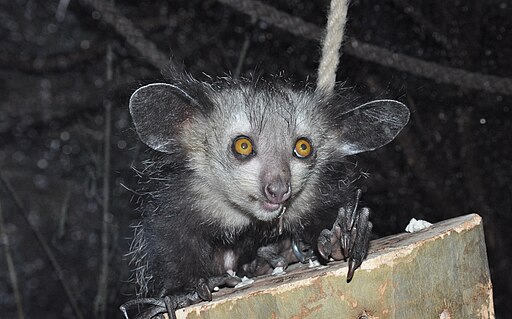
The Aye-Aye, native to Madagascar, sports a strikingly bizarre appearance with its elongated fingers and large, radar-like ears. This unique morphology is the result of its specialized feeding habits. The Aye-Aye uses its elongated middle finger to tap on tree trunks to locate insect larvae and then gouges holes in the wood to extract them. Its radar-like ears aid in detecting these hidden prey. Although it might look peculiar, every aspect of the Aye-Aye’s appearance is essential for its survival.
4. The Axolotl: The Perpetual Peter Pan

The Axolotl is a salamander that retains its juvenile features throughout its life, exhibiting a trait known as neoteny. Instead of metamorphosing into a land-dwelling animal, it remains aquatic with gills, leading to its distinctive appearance. This evolutionary trait is advantageous in the axolotl’s native habitat, the water bodies of Mexico, where it discreetly hunts and breeds in its larval form. The species’ odd appearance is a result of evolutionary pressures that favor remaining aquatic in its specialized environment.
5. The Star-Nosed Mole: Touch Specialist
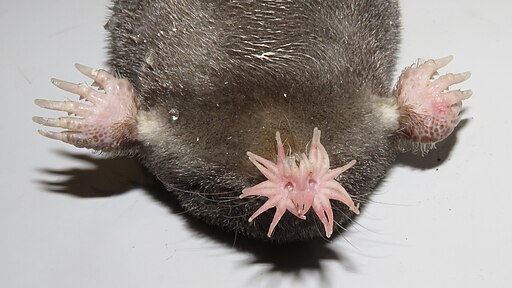
The Star-Nosed Mole is an extraordinary example of evolutionary specialization. Its peculiar star-shaped nose is covered with over 25,000 tiny sensory receptors known as Eimer’s organs. This adaptation allows the mole to detect prey with remarkable precision and speed, making it one of the most efficient foragers in its murky, marshland habitat. Its funny appearance is thus a testament to the evolutionary drive for survival perfection.
6. The Pink Fairy Armadillo: Desert Dweller
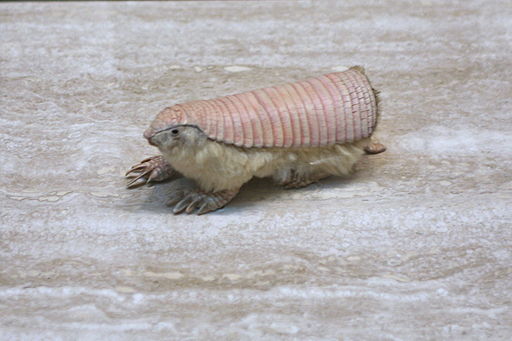
The Pink Fairy Armadillo is the smallest species of armadillo, characterized by its rosy shell and tiny stature. This desert-adapted creature has evolved its peculiar shape and color for burrowing efficiently in the sandy plains of central Argentina. Its pink shell provides a degree of camouflage against predators, and its compact size allows it to navigate through underground tunnels with ease. The armadillo’s evolutionary path highlights adaptations for protection and efficient living within its challenging environment.
7. The Saiga Antelope: The Nomad’s Nose
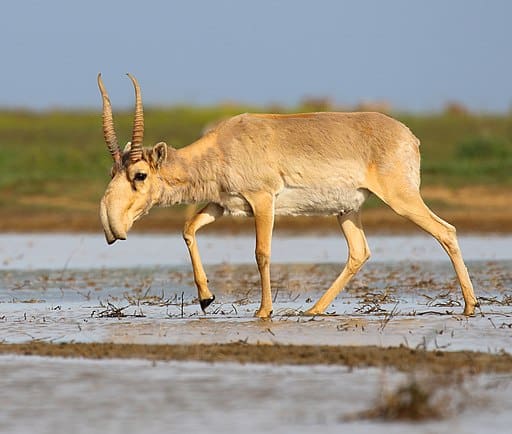
The Saiga Antelope, with its oversized, inflatable nose, would fit comfortably in a sci-fi novel. This distinctive nasal structure filters dust and regulates body temperature, particularly suited to the saiga’s expansive steppe habitats in Central Asia. During frigid winters, the nose warms the cold air before it reaches the lungs, while in summer, it cools the hot air. Its unusual look is not just for show, but a key adaptation to living in extreme and variable climates.
Conclusion: The Quirks of Survival

The amusing appearances of these animals are natural masterpieces shaped by millions of years of evolutionary prospects. Each characteristic—whether it’s the bulbous nose of the Proboscis Monkey or the sensory star of the Star-Nosed Mole—serves a specific survival function. Studying these eccentric creatures opens a window to understanding the marvels of evolution, where even the most amusing and seemingly impractical features are essential adaptations that have contributed to each species’ enduring legacy. As we laugh at nature’s peculiarities, we also learn about the remarkable mechanisms that drive life on Earth.
- Koalas Eat Only Eucalyptus, But That’s a Terrible Food Choice—Here’s Why They Do It Anyway - August 15, 2025
- The Most Dangerous Trails in America’s National Parks - August 15, 2025
- 12 Heartbreaking Stories of Dogs Who Wouldn’t Leave a Fallen Companion - August 15, 2025

